Early Bird
Deadline
January 31, 2026
Judging
Date
May 18, 2026
Winners
Announced
June 10, 2026
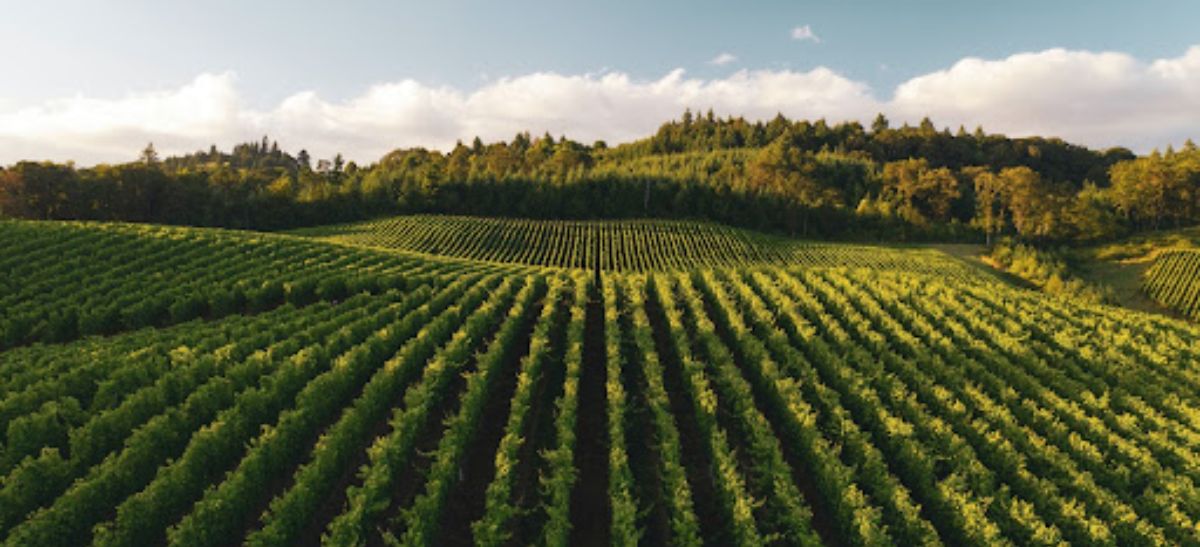
In the intricate world of fine wine, the notion that the taste, aroma, and overall quality of wine can be shaped by the soil it's grown in is both fascinating and debated. For sommeliers, understanding the interplay between soil types and vines is crucial in unraveling the enigma of terroir. In this exploration, we delve into the significance of soil types in determining wine flavor and quality, with a spotlight on specific examples from renowned wine regions.
The concept of terroir, a French term that encapsulates the unique characteristics of a wine region, emphasizes the importance of soil, climate, and geography. While the grape varietal itself plays a pivotal role in shaping the wine, the soil it's rooted in is equally influential. The relationship between soil and vines is intricate, and as sommeliers, we must appreciate the role it plays in crafting the wines we adore.
From another perspective the vine plant is paramount. The vine plant, Vitis vinifera, serves as the cornerstone of winemaking, playing a pivotal role in the creation of this revered beverage. Its growth and development are influenced by a variety of factors, including climate, geography, and, notably, the soil it's rooted in. Vines serve as nature's conduit for transforming the elements of the terroir into grapes, with each grape varietal offering distinct characteristics. The vine's ability to adapt and thrive in diverse conditions, from the arid soils of Bordeaux to the volcanic landscapes of Oregon, is nothing short of remarkable. It is the vine that absorbs the nuances of the soil, translating them into the grape's composition, from sugar levels to acidity, ultimately determining the flavor, aroma, and quality of the wine produced. In this intricate relationship between vine and terroir, the vine stands as the guardian of tradition, the agent of transformation, and the essence of the wine itself.
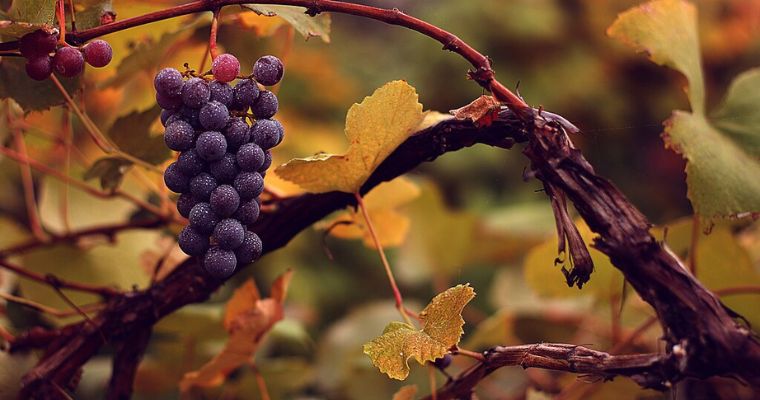
Image Source: Wikipedia - A cultivated Common Grape Vine, Vitis vinifera.
Bordeaux, often considered the epitome of wine sophistication, provides an excellent case study. This region boasts a diverse range of soils, each contributing distinct attributes to the wines produced. The Left Bank, home to illustrious names like Château Margaux and Château Latour, predominantly features gravelly soils. These well-draining soils not only provide excellent drainage but also reflect sunlight, aiding in the ripening of Cabernet Sauvignon grapes. The result is deep, tannic, and age-worthy wines with blackcurrant and cedar notes.
On the Right Bank, where Château Pétrus reigns supreme, clay-rich soils dominate. These soils retain moisture and are conducive to Merlot, resulting in softer, more approachable wines with plum and truffle undertones. Here, we see how the interplay between soil types and vines gives Bordeaux its multifaceted character. The same grape varieties manifest differently, driven by the distinct terroirs.
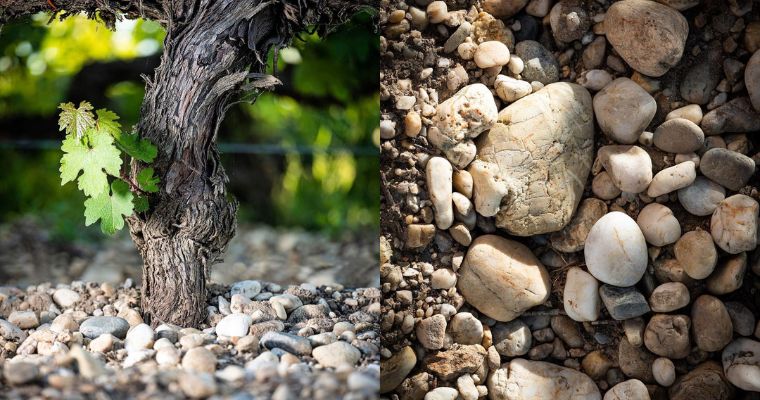
Image Source: Chateau Margaux (Instagram page)
The Willamette Valley in Oregon stands as a testament to the profound influence of soil on wine character. Volcanic soils, specifically from the Missoula Floods, shape the terroir of this region. The red volcanic Jory soil, known for its excellent drainage, is particularly crucial for the famous Pinot Noir grape. The wines from this soil are celebrated for their red fruit, and earthy, and floral notes, a reflection of the terroir's volcanic history.
Contrast this with the marine sedimentary soils of the Willamette Valley, like the Willakenzie series, which are more fertile and moisture-retentive. Pinot Noirs grown here are often fruit-forward with bright acidity, showcasing a distinct profile from their volcanic counterparts. These differences underscore how soil types can influence the flavor and quality of wine in the same region, ultimately affecting the choices sommeliers make in their selections.
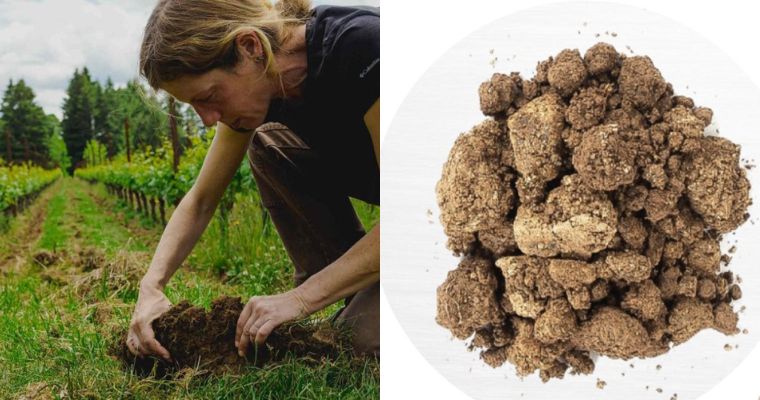
Image Source: Chehalem Mountains, The Primary Soil is marine, volcanic, and loess (Instagram Page)
The Loire Valley in France presents another intriguing case. Its varied soil types, which include limestone, clay, and flint, have made it a haven for white wine lovers. Take, for instance, the appellation of Sancerre, known for its mineral-driven Sauvignon Blanc. Here, the limestone soils impart a distinct flinty character to the wine, creating an aroma and flavor profile unlike any other.
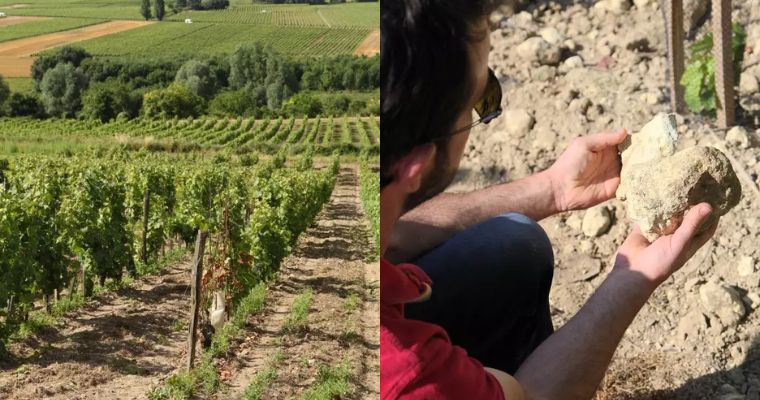
Image Source: Winedoctor - Loire Valley has soil including limestone, clay, and flint, which have made it a haven for white wine lovers.
In the same region, the Vouvray appellation boasts vineyards planted in clay-rich soils. Chenin Blanc grapes thrive here, producing wines with honeyed, floral notes. The diversity in soil types throughout the Loire Valley not only showcases the importance of terroir but also offers sommeliers a delightful range of options for their wine lists.
In Napa Valley, California, precision in winemaking is a virtue, and soil plays a crucial role in this pursuit. The valley's diverse microclimates, coupled with the varying soil compositions, enable winemakers to meticulously match vine and soil. In the Oakville subregion, for example, soils are predominantly gravelly with volcanic influence. Cabernet Sauvignon thrives here, producing bold, opulent wines like those from Opus One, marked by black cherry and dark chocolate notes.
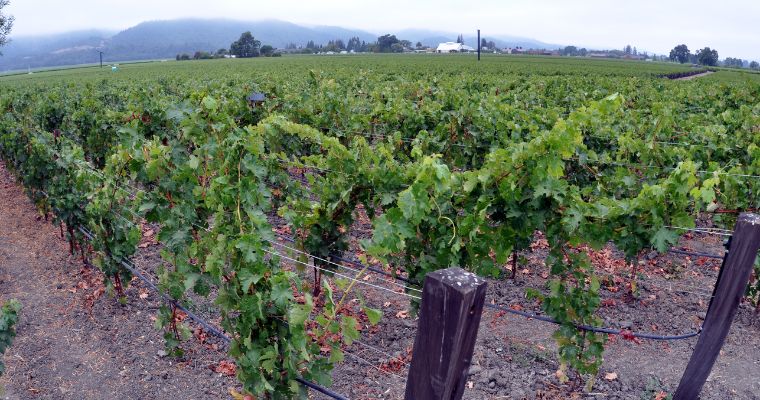
Image Source: Wikipedia - Napa Valley Opus Vine
Just a few miles away in the Rutherford appellation, the soils are rich in loam and clay, which support the growth of the Cabernet Sauvignon vine in a different way. The wines from this area often express velvety textures, with flavors of red and black fruit. The nuanced interplay between soil and vines is an art form mastered by Napa winemakers.
[[relatedPurchasesItems-61]]
In the end, when you uncork that wine bottle, the relationship between soil types and vines is undeniably essential in shaping wine flavor, aroma, and quality. Bordeaux, Oregon's Willamette Valley, the Loire Valley, and California's Napa Valley all exemplify this complex dance between terroir and the grapevine. As sommeliers, our appreciation of these interactions enriches our ability to select, recommend, and truly savor the wines we present to our patrons. In the fine wine world, the soil beneath our feet is as vital as the vines that stretch towards the sky, weaving a narrative of flavor and quality that captivates and inspires.
Enter your Wines now and get in front of top Sommeliers, Wine Directors, and On-Premise Wine Buyers of USA.
